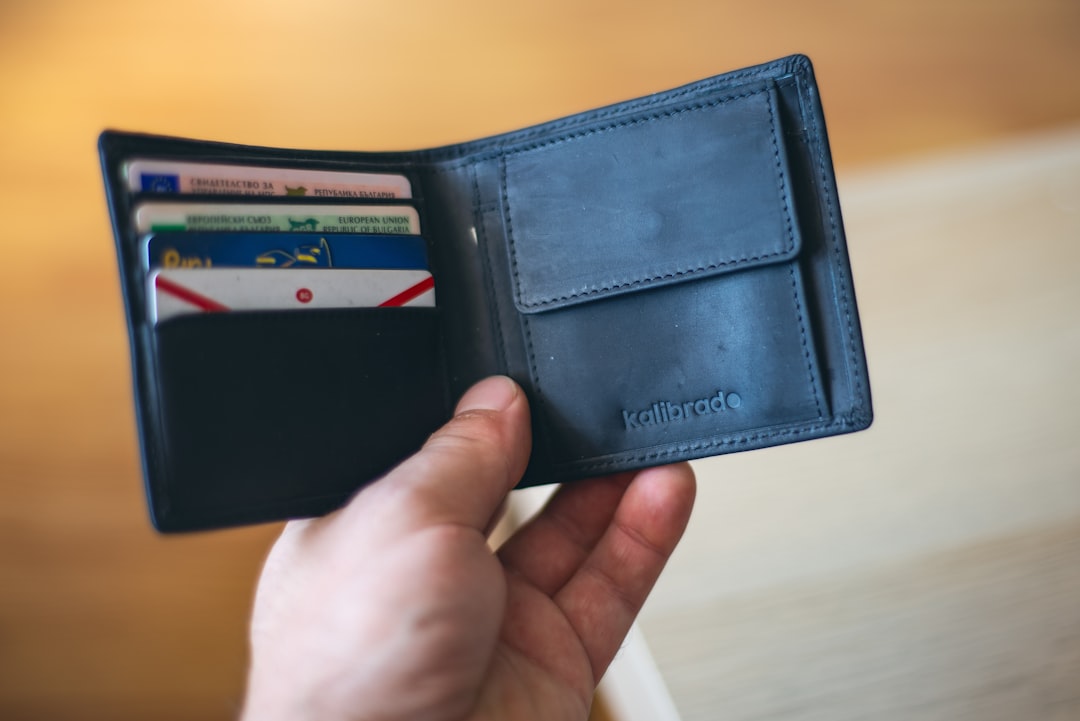For millions of gamers around the world, Valve’s Steam platform is the go-to marketplace for purchasing digital video games, downloadable content, and in-game items. However, users who prefer to make transactions through PayPal have occasionally run into confusing roadblocks, especially when it comes to regional currency restrictions. If you’ve ever tried to make a purchase on Steam using PayPal and gotten an error, notification, or simply been unable to proceed, you’re not alone. This article sheds light on why that happens and what you can do about it.
TL;DR (Too Long; Didn’t Read)
Steam’s regional pricing system is designed to support local currencies and pricing fairness, but it also comes with restrictions that affect third-party payment processors like PayPal. Gamers trying to use PayPal for purchases in a currency that doesn’t match their Steam region may face failed transactions or be blocked altogether. Valve enforces these rules to prevent abuse of regional price differences. Solutions include adjusting PayPal’s funding source, using alternative payment methods, or aligning region settings with your payment method.
Why Steam Uses Regional Currency Restrictions
To understand the limitations faced by PayPal users, it’s important to first grasp why Steam implements regional pricing and currency controls in the first place. Valve has always aimed to make gaming accessible across the globe. One core strategy they employ is price localization, which sets prices based on the average income and economic factors in specific countries.
This system has numerous benefits:
- Fair pricing based on local economy: A game that costs $60 USD might only cost the equivalent of $20 USD in another region to match local buying power.
- Market expansion: Making games affordable means more users in emerging markets can participate in the Steam ecosystem.
- Reducing price abuse: By tying accounts to regional currencies, Valve discourages users from exploiting regional price differences using VPNs or gifting from cheaper regions.
However, the downside of this system lies in the strict enforcement of region-based currencies, which can directly affect how PayPal works on Steam.
How PayPal Fits Into the Picture
PayPal is a widely-used payment platform that supports multiple currencies and seamlessly converts between them. On paper, this sounds like a perfect match for international customers on Steam. In practice, however, Valve restricts cross-region transactions in order to ensure that payments coming through services like PayPal match the currency of your Steam account.
Here’s what typically happens:
- You have a Steam account set to Region A where the default currency is, say, Euros.
- You try to add funds or purchase a game using PayPal, which is linked to a bank account or card in Region B (e.g., USA, using USD).
- Steam flags the mismatch, and depending on the case, either blocks the transaction or prompts you to change your payment method.
The root of the issue is that PayPal sometimes tries to convert the currency automatically, while Steam insists on being paid in the local currency for your region. This clash creates errors, rejections, and user frustration.
Common Error Messages You Might See
If you’ve encountered trouble using PayPal on Steam, you may have come across one of these messages:
- “Your purchase cannot be completed because of the payment method selected.”
- “This payment method does not support the selected currency.”
- “Please update your billing information to match your region.”
These messages hint at the underlying currency mismatch. Although not always descriptive, they’re signs that Steam’s regional enforcement is at play.

Why Valve Is So Strict With Regions
The most important reason for Valve’s strict enforcement of regional parameters is to prevent abuse of regional pricing. Imagine someone in the U.S. using a VPN to appear as if they’re based in Argentina, where games are often priced significantly lower. That user could save vast amounts of money—and developers would make substantially less than they would in the user’s actual region.
To guard against this, Valve has implemented several policies:
- Locking Steam Wallet funds to their originating region.
- Requiring that the payment method currency matches the Steam region.
- Disabling gift purchases across certain regional boundaries.
- Limiting how often users can change their store region (often requiring proof of local address).
These safeguards have made gaming fairer worldwide, but have added hurdles for PayPal users trying to transact across regions.
Workarounds and Solutions
If you’ve struggled with Steam currency restrictions while using PayPal, don’t worry—you still have options. Here are some potential solutions:
1. Align Your PayPal Account With Your Steam Region
The simplest path is to ensure that your PayPal account and your financial institutions are based in the same country or region as your Steam account. This reduces the chance that Steam will flag your payment as suspicious or mismatched.
2. Change Your PayPal Funding Source
PayPal sometimes auto-converts currency depending on the funding source. Switching to a card or bank account that supports the desired currency (i.e., matches your Steam region) can improve success rates. To do this:
- Log in to your PayPal account.
- Go to your Wallet and check which cards/banks are linked.
- Try adding a new card in the correct currency or region.
- Select this card manually at checkout on Steam when redirected to PayPal.
3. Use a Steam Wallet Code
Steam Wallet codes are prepaid cards that can be activated in the specific currency of your region. These effectively sidestep PayPal entirely and can be purchased via third-party retailers. Be certain, however, that the code matches your Steam account’s currency, or it won’t work.
4. Try a Different Payment Method
If PayPal continues to give you trouble, consider trying:
- Credit or debit cards issued in the same country as your Steam account.
- Platform-specific payment methods (e.g., iDEAL, Boleto, or Qiwi if available locally).

What Not to Do
It might be tempting to try bypassing these limits, but that approach often leads to more serious problems. Flying under the radar could get your account flagged or even permanently restricted. Here’s what to avoid:
- Using a VPN to make regional purchases: Not only does this violate Steam’s terms, but you risk being locked out of your account.
- Buying Steam Wallet codes from unauthorized sellers: This can be risky, as many of these are scams or use stolen payment methods.
- Creating multiple Steam accounts for different regions: Managing multiple accounts is inconvenient and could violate Steam’s user agreement.
Final Thoughts
Steam’s currency restrictions can certainly add a layer of complexity for users hoping to pay with PayPal, especially those living or traveling across regions. While the intent behind these rules is to keep pricing fair worldwide, the execution isn’t always user-friendly. Fortunately, with a bit of understanding and some minor adjustments, most users can still enjoy seamless PayPal transactions on Steam.
Next time you run into an issue, consider checking your account’s region settings and funding sources before jumping to conclusions. Payment flexibility is still possible—you just need to know how the system works.